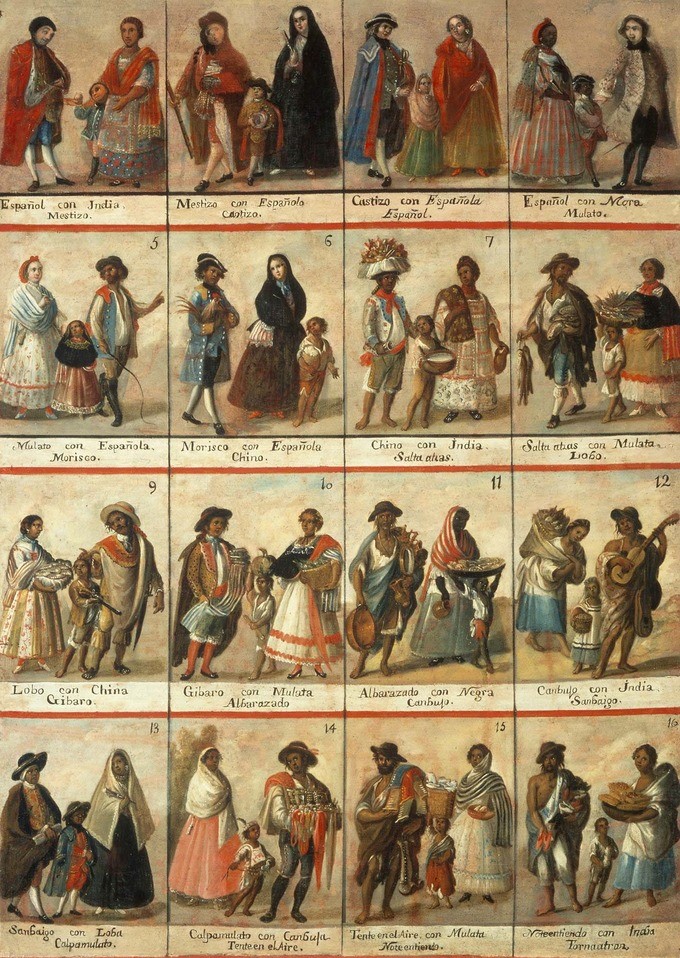Last updated on September 14, 2022
This article was written by Dallas College’s Office of Diversity, Equity and Inclusion. Views contained in this article do not necessarily reflect the official views of Dallas College.
From September 15 through October 15, the United States celebrates the traditions, history, and accomplishments of the Hispanic-Latine community. This annual month-long celebration known as Hispanic Heritage Month, recognizes the contributions of this diverse community comprised of people from various Latin American heritages through parades, social gatherings, music, educational activities, delicious food, and traditional expressions of arts and culture. A variety of observances take place throughout the period including Nicaraguan Independence (September 15), Mexican Independence (September 16), Chilean Independence (September 18), and Spanish Independence (October 12) among others.
The Hispanic-Latine community is the largest ethnic minority in the U.S. according to 2020 Census data, representing 18% of the total population, which is 62 million people. It is not a homogenous group but instead an heterogenous collective with a shared history of the European colonization of African nations and indigenous lands in the Caribbean and South America combined with the modern-day migratory experience to the U.S.
Hispanic Heritage Month Today
Today, some people celebrate Hispanic Heritage Month while others have mixed emotions about its purpose. During these four weeks nestled between two months, celebrations are held by organizations, the media, and different digital platforms highlighting success stories of individuals from the Hispanic-Latine community and describing the way this population is transforming the U.S. However, some Hispanic-Latine leaders question who the main character is in the celebrations. “It is so easy to find one successful, charming person and hand them a microphone or put their face in a social media post. Advertisers and other organizations should challenge themselves to find ways to touch on issues currently facing the Latine community and use that to talk about our identity as Latine people or as members of groups within the Latine umbrella” (Sánchez). The Office of Diversity, Equity and Inclusion at Dallas College seeks to do just this.
Colonialism and its Cultural Impact
One of the issues of culture and imperialism being discussed more frequently these days is known as colorism – a term that is defined as a skin-based discrimination. History shows us that when the conquistadors forcefully removed Africans from their motherland to transport them to Brazil, the Caribbean and other lands, and when they arrived in the Americas, they took control of Indigenous lands and people by force. With the establishment of the transatlantic slave trade, the formation of racism and subsequent concepts such as race and caste emerged. As children were born primarily as the result of the rape of Indigenous and African women by Spanish colonizers, they were categorized into sixteen categories of people, each with increasingly lesser value based on the person’s racial and ethnic make-up. (See chart below.)
In time, the population of Latin America grew, slavery was eventually abolished in all the Americas yet discrimination between people within the Hispanic-Latine community still remained based on skin color. When light skinned Hispanic-Latine people discriminate against dark skinned Hispanic-Latine people because of the color of their skin, this form of prejudice within people of the same ethnicity or heritage is called colorism.
Discussing Colorism
The discourse of division installed centuries ago continues from generation to generation. However, conversations about the different issues facing the Hispanic-Latine community in American society and within the confinements of the ethnic group are bringing to the forefront discussions regarding in-group discrimination and the ongoing quest to stamp out centuries taught prejudice.
“This discussion about colorism is about acknowledging those already in our communities and families, to stop relegating dark-skinned and indigenous talent to outside the spotlight and open doors to not just white or light-skinned Latinos, but to all of us and our varied experiences” (Castillo). Even though race, caste and colorism are not equivalent, they are mutually reinforcing within American culture.
The annual celebration of Hispanic Heritage Month should showcase the success stories of Indigenous, LGBTQ+ and Afro-Latine people. The month should also usher in opportunities to discuss pathways to bring the community together and move it forward by rejecting discriminatory practice towards and within Hispanic-Latine groups. We will continue to provide learning opportunities and resources to our community with the goal of maximizing the (un)learning opportunities for all.

SOURCES:
Castillo, Monica. “The limitations of ‘Latinidad’: How colorism haunts ‘In The Heights’” WHY PBS. Special Series Hispanic Heritage Month. June 15, 2021. https://www.npr.org/2021/06/15/1006728781/in-the-heights-latinidad-colorism-casting-lin-manuel-miranda
Sanchez, Luis. Guest contributor. “Hispanic Heritage Month Needs to Escape Its American Traits” (OPINION). Oct. 14, 2021. https://www.latinorebels.com/2021/10/14/hispanicheritagemonthamericantraits/
Sinusoid, Darya. SHORTFORM. “The American Caste System: History and Structure” Jan. 19, 2021. https://www.shortform.com/blog/american-caste-system/
